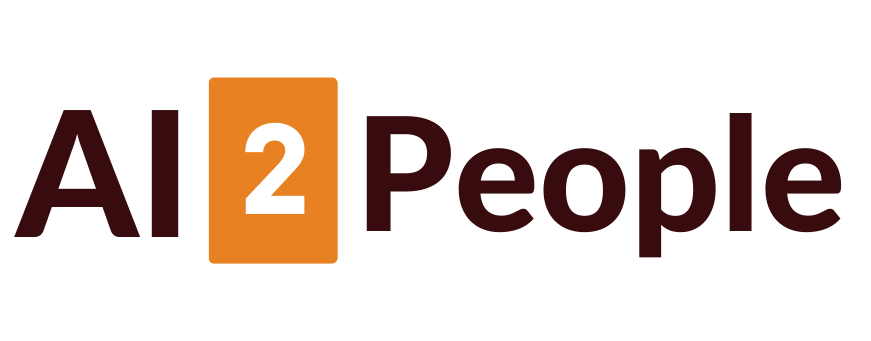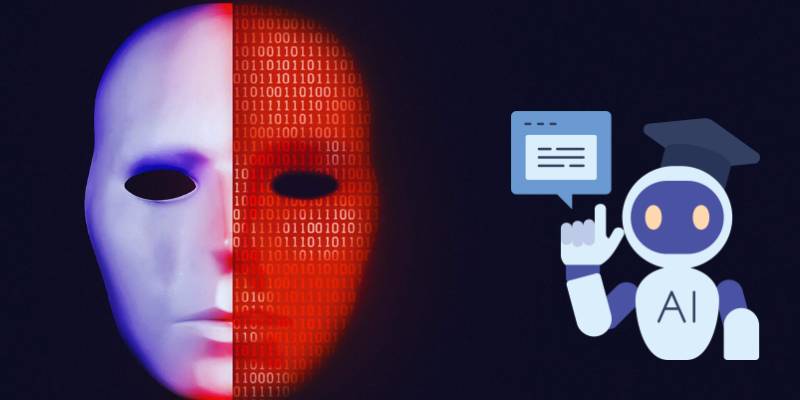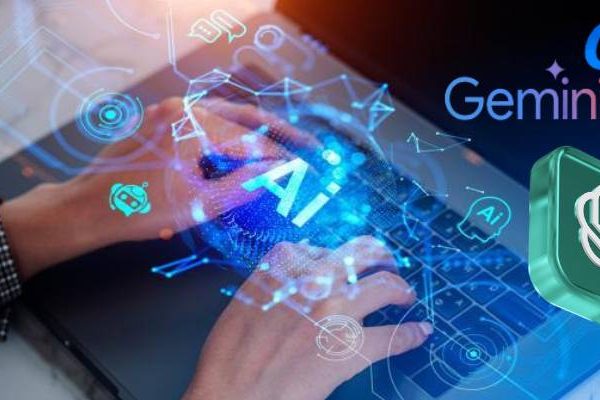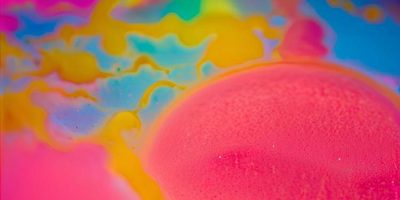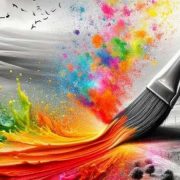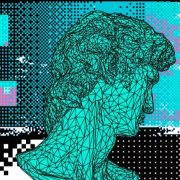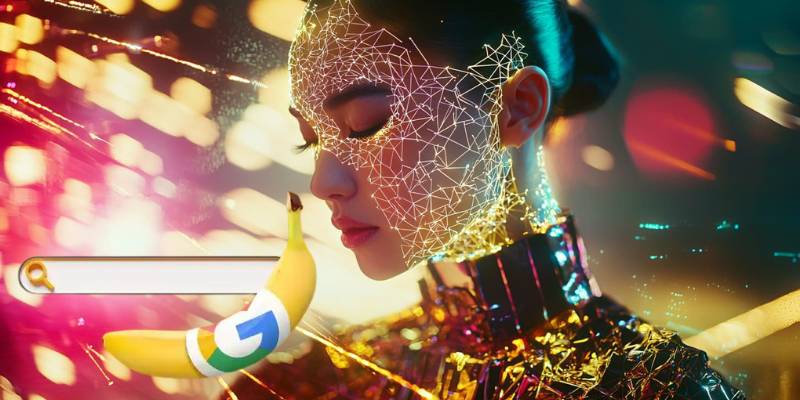
Google’s Nano Banana 2: The AI Image Model That Could Redefine Visual Creativity
Google is preparing to release what may be one of its most ambitious AI image models yet.
And with the reveal of Nano Banana 2 inside the Gemini ecosystem, it appears as if the company is ready to take text-to-image generation into completely new territory.
Early reports indicate that this is not just a tweak or polish — it’s actually a reinvention.
Imagine better lighting control, cleaner edges, smarter rendering of text and the kind of realism that makes you take a second look and wonder if what you’ve seen is real or just a photograph.
Or at least, if these behind-the-scenes videos about the game are anything to judge by, that’s what it seems Google engineers have been working on with Nano Bana 2: chromosome editing for Gemini (and also enhanced sharpness!) and better control over flow, tone, and… I suppose just overall composition?
Leaked previews viewed by insiders suggest that this could be the first time where AI imagery truly does rival global human-made design for marketing, advertising and even film pre-production—no small assertion for a model named after a fruit.
That also fits with the hushed testing rumors compiled in reports by Tom’s Guide concerning 4K AI image generation, which would mean a huge boost for both mobile and web creators alike.
And here’s the wild part: Users who have seen early outputs say Nano Banana 2 actually corrects its own errors midway through generation.
It screens, re-renders and self-corrects before the “download” light even blinks on.
It’s actually sort of eerie — it’s as though you have a designer that never sleeps, always iterating behind the scenes.
Further, some testers say the model perfectly captures complex text overlays, logos, or even facial expressions its predecessors always struggled to pull off — which was noted in the AI-generated images that started surfacing before launch.
But power brings a whole other can of worms, or bananas in this case. A few very realistic A.I.-made images managed to fool social media users as real photos not long ago.
This raised actual fears of fake videos, leading tech officials and even police departments to caution people to “believe with extreme caution” what they see online.
That’s reflected in coverage around deepfake scams connected to Gemini’s AI tools — a sobering reminder that the same tool empowering creators can be wielded and misused by bad actors.
The original Nano Banana was largely a lark, something that lit up the internet earlier this year — it was tucked inside Gemini 2.5 Flash Image.
Yet even then, the buzz was palpable. It went viral for its surreal “3D figurine” look, its dreamlike environments and that uncanny ability to turn mundane prompts into something extraordinary.
ASIC miner details that are saved on the Nano Banana Overview InWith this era equipment, the story of getting customers is now higher; Gemini’s application may have been to increase Its creative person user base was gathered from artists in addition to AI lovers.
Now, the sequel appears at the point of applying a professional-polish sheen to that same caliber of imaginitive spirit.
The next version, according to the reports, can read spatial cues — knowing, for example, how shadows fall or how hands should plausibly grasp an object.
Indeed, in finger-wagging from industry observers for LiveMint’s early analysis of viral Nano Banana 2 images, the upgrade “marks a step up from AI art toy to professional-grade visual partner.”
That’s a huge claim, but if true, you could see faster workflows for designers, ad agencies and small business that simply couldn’t afford expensive graphics software.
By and large, most indications point to a release later this month (according to eWeek’s briefing on internal Gemini development schedules).
And I’ll tell you what: If Nano Banana 2 is as good as its billing, we’re on the cusp of a revolutionary paradigm in storytelling where words and images combine like never before.
It’s thrilling, mildly terrifying and utterly fascinating — a reminder that the line separating artist from algorithm just became a little fuzzier.
So perhaps the real question is not whether A.I. will replace human creativity.
Perhaps it has less to do with whether our gut is ready for and able to handle LTEC than it does whether we’re prepared to partner with it, welcoming whatever message — and messenger — LTAC needs us to receive.
And if you believe what Google’s newest model promises, something tells me the answer is right there in the pixels.
